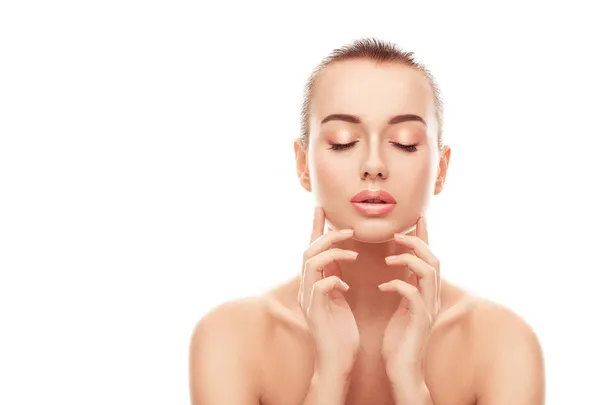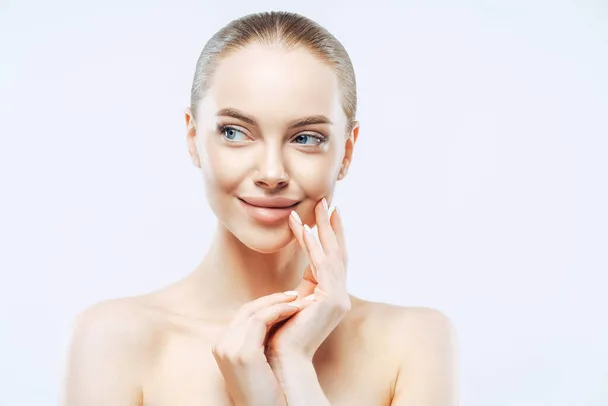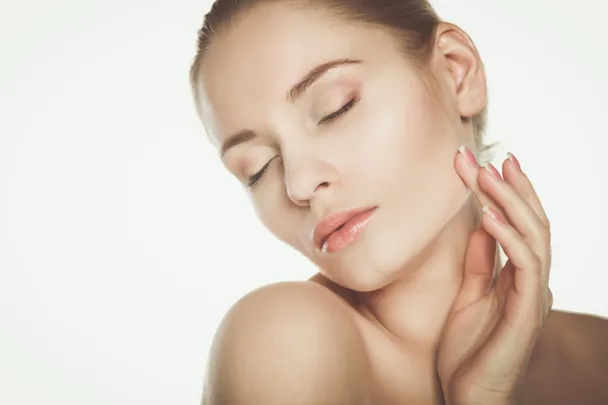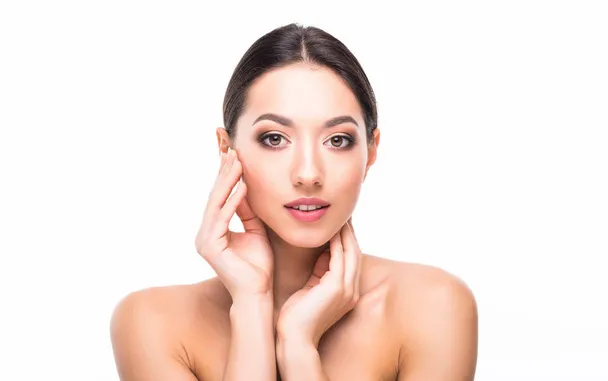Making the transition from shaving to waxing can seem like a daunting step for many individuals. While shaving offers a quick and convenient hair removal solution, waxing provides longer-lasting results and smoother skin. If you’re considering making the switch, it’s essential to understand the differences between shaving and waxing and how to effectively transition from one method to the other. In this article, we’ll explore the benefits of waxing, discuss the steps involved in making the switch, and provide tips for a smooth transition.
Understanding the Benefits of Waxing:
Before diving into the transition from shaving to waxing, it’s crucial to understand why waxing is a preferred choice for many individuals. Unlike shaving, which merely trims hair at the skin’s surface, waxing extracts hair from the root, leading to several benefits that contribute to smoother skin and longer-lasting results.
When you shave, the razor cuts the hair shaft at the skin’s surface, leaving the hair follicle intact beneath the skin. This often results in a stubbly feel as the hair regrows quickly. In contrast, waxing removes hair from the root, resulting in a smoother surface and a longer interval before regrowth becomes noticeable. With waxing, the entire hair shaft is pulled out, leaving the skin feeling smoother and hair-free for an extended period.
Moreover, frequent waxing can lead to finer and sparser hair regrowth over time. When hair is repeatedly removed from the root through waxing, the hair follicles weaken, and the regrowth becomes finer and less dense. This gradual thinning of the hair can significantly reduce the frequency of hair removal sessions, making waxing an appealing option for those seeking longer-term hair reduction.
Another advantage of waxing is its exfoliating effect on the skin. As the wax is applied and removed, it also removes dead skin cells from the skin’s surface, leaving it smoother and more radiant. This dual action of hair removal and exfoliation can improve the overall texture and appearance of the skin, making it an attractive option for those looking to achieve smoother, more luminous skin.
Furthermore, waxing can help prevent ingrown hairs, a common concern associated with shaving. When hair is shaved, it often grows back with a sharper edge, increasing the likelihood of becoming trapped beneath the skin’s surface and causing ingrown hairs. In contrast, waxing removes hair from the root, resulting in smoother regrowth that is less likely to become ingrown.
Waxing also offers several other benefits, including:
- Longer Lasting Results: Waxing stands out for its ability to provide longer-lasting results compared to shaving. When you opt for waxing, you’re not just removing hair from the surface; you’re uprooting it from the follicle. This means that it takes a longer time for the hair to grow back since it has to regenerate from the root. Consequently, waxing offers the advantage of enjoying hair-free skin for an extended period, often several weeks at a time. Unlike shaving, where regrowth can become noticeable within a day or two, waxing allows you to relish in smooth, hair-free skin for a significantly longer duration. This makes waxing an attractive option for individuals seeking a more sustainable hair removal solution that reduces the frequency of maintenance sessions and provides prolonged periods of hair-free skin.
- Reduced Risk of Ingrown Hairs: One of the primary concerns associated with shaving is the risk of ingrown hairs, particularly in areas with coarse or curly hair. Ingrown hairs occur when hair grows back into the skin instead of emerging from the surface, leading to inflammation, redness, and potential infection. Fortunately, waxing helps mitigate this risk by removing hair from the root. By pulling the hair out from the follicle, waxing promotes smoother regrowth, reducing the likelihood of hairs becoming trapped beneath the skin’s surface and causing ingrown hairs. This preventive measure significantly decreases the occurrence of ingrown hairs, making waxing a preferred choice for individuals prone to this concern. With waxing, you can enjoy smoother, more evenly distributed hair regrowth without the discomfort and unsightliness of ingrown hairs.
- Smoother Skin: Beyond hair removal, waxing offers the added benefit of exfoliating the skin, leaving it feeling smoother and more radiant. As the wax adheres to the skin and is swiftly removed, it lifts away dead skin cells, dirt, and impurities from the surface. This exfoliating action not only reveals fresher, brighter skin underneath but also helps to unclog pores and prevent the buildup of debris that can lead to breakouts and dullness. Over time, regular waxing sessions can contribute to an improvement in the overall texture and appearance of the skin. With each waxing treatment, you’ll notice your skin becoming increasingly smoother, softer, and more luminous, enhancing your overall complexion and boosting your confidence. This dual action of hair removal and exfoliation makes waxing a comprehensive skincare solution that not only removes unwanted hair but also promotes healthier, more radiant skin.
Steps to Make the Switch:
- Research and Preparation: Before embarking on the transition from shaving to waxing, it’s imperative to conduct thorough research and prepare adequately. Begin by exploring the diverse array of waxing methods, techniques, and products available in the market. Factors such as your skin type, hair texture, and sensitivity should guide your decision-making process when selecting the most suitable waxing method for your needs. For instance, individuals with sensitive skin may opt for gentler waxing formulas, while those with coarse hair might benefit from more robust waxing techniques. Additionally, invest time in preparing your skin for waxing by incorporating regular exfoliation into your skincare regimen. Exfoliation helps remove dead skin cells, ensuring a smoother waxing experience and reducing the risk of ingrown hairs. Furthermore, keeping your skin well-hydrated through consistent moisturization is vital to maintaining its health and resilience, ultimately contributing to optimal waxing results.
- Start Small: If you’re venturing into the realm of waxing for the first time, it’s advisable to start small and gradually work your way up. Begin with less sensitive areas of the body, such as the legs or underarms, before attempting larger or more delicate areas like the bikini line or facial regions. Starting with smaller areas allows you to acclimatize to the sensations associated with waxing and assess your skin’s response without overwhelming yourself. Take note of any redness, irritation, or discomfort experienced during the process, and adjust your technique accordingly. By starting small, you can build confidence in your waxing abilities and gradually expand your comfort zone to encompass larger areas of the body with greater ease and proficiency.
- Seek Professional Help: While at-home waxing kits offer convenience and affordability, enlisting the expertise of a professional esthetician can significantly enhance your waxing experience, particularly if you’re a novice. Professional waxing services provide a level of precision, safety, and efficiency that may be challenging to achieve on your own. Trained estheticians possess the knowledge and skillset to perform waxing treatments safely and effectively, ensuring minimal discomfort and optimal results. Additionally, professional establishments adhere to strict hygiene protocols and utilize high-quality waxing products, further enhancing the safety and efficacy of the procedure. Although at-home waxing kits may suffice for some individuals, seeking professional assistance can provide peace of mind and a smoother, more refined outcome, especially during the initial stages of transitioning from shaving to waxing.
- Consistency is Key: Maintaining smooth, hair-free skin through waxing requires a commitment to consistency. Establish a regular waxing schedule based on your individual hair growth cycle to ensure optimal results. As you adhere to a consistent waxing routine, you may observe a gradual reduction in hair density and thickness over time. This phenomenon, known as “refinement,” occurs as the hair follicles weaken with repeated waxing, resulting in finer and sparser regrowth. Embrace this evolution and recognize that consistency is fundamental to achieving and sustaining the desired outcome. By prioritizing regular waxing appointments and adhering to a predetermined schedule, you can effectively manage hair growth, minimize discomfort, and enjoy smooth, radiant skin throughout the waxing process.
Tips for a Smooth Transition:
- Be Patient: Transitioning from shaving to waxing can be a significant adjustment for your skin, particularly if you’re accustomed to the quick and relatively painless process of shaving. Understand that it may take time for your skin to adapt to waxing, as it involves a more thorough and invasive method of hair removal. Initially, you may experience some redness, sensitivity, or discomfort, especially if you’re new to waxing. However, it’s essential to be patient with your skin and give it time to acclimate to the new hair removal method. With consistent waxing and proper skincare, your skin will gradually adjust, and any initial discomfort will diminish over time. Remember that patience is key to achieving smooth, hair-free skin through waxing, so resist the urge to revert to shaving at the first sign of discomfort.
- Exfoliate Regularly: Regular exfoliation is a crucial step in maintaining smooth and healthy skin, especially when transitioning to waxing. Exfoliating helps prevent ingrown hairs by removing dead skin cells that can clog hair follicles and trap hair beneath the skin’s surface. Incorporate a gentle exfoliating scrub or brush into your skincare routine, focusing on areas prone to ingrown hairs, such as the legs, bikini line, and underarms. Be mindful not to over-exfoliate, as this can irritate the skin and exacerbate sensitivity. Instead, exfoliate 2-3 times per week to keep your skin soft, smooth, and free of debris between waxing sessions. By prioritizing regular exfoliation, you can minimize the risk of ingrown hairs and ensure smoother, more effective waxing results.
- Moisturize Daily: Hydration is key to maintaining healthy, resilient skin, particularly after waxing. After hair removal, your skin may feel dry or sensitive, so it’s essential to replenish moisture promptly. Incorporate a nourishing moisturizer into your daily skincare routine, applying it generously to freshly waxed areas to soothe and hydrate the skin. Look for moisturizers containing ingredients such as hyaluronic acid, shea butter, or aloe vera, which help replenish moisture and calm irritation. Pay special attention to areas that are prone to dryness or sensitivity, such as the bikini line or underarms. By moisturizing daily, you can keep your skin hydrated, supple, and resilient, promoting faster healing and minimizing post-waxing discomfort.
- Avoid Sun Exposure: After waxing, your skin may be more sensitive to sunlight due to the removal of hair and top layers of dead skin cells. Prolonged sun exposure can exacerbate sensitivity and increase the risk of sunburn, irritation, and hyperpigmentation. To protect your skin, avoid prolonged sun exposure immediately after waxing, especially during peak hours when the sun’s rays are strongest. If you must be outdoors, wear protective clothing, seek shade, and apply a broad-spectrum sunscreen with an SPF of 30 or higher to exposed areas. Reapply sunscreen every two hours, or more frequently if swimming or sweating. By taking precautions to avoid sun exposure, you can protect your skin from damage and ensure a smooth, comfortable waxing experience.
making the switch from shaving to waxing can offer numerous benefits, including longer-lasting results, smoother skin, and reduced risk of ingrown hairs. By understanding the differences between shaving and waxing, following the steps outlined above, and implementing the provided tips, you can make a smooth and successful transition to waxing and enjoy the many advantages it offers for hair removal and skincare.










